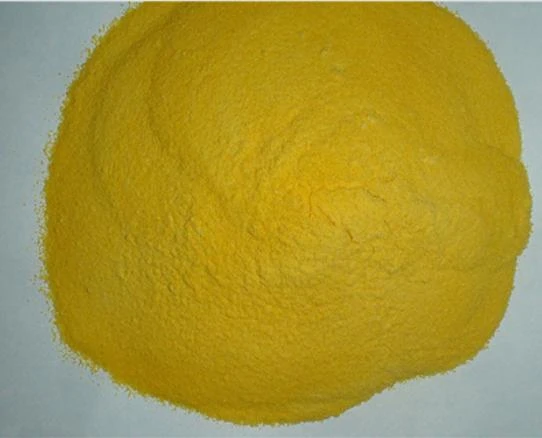Exploring the Properties and Applications of PBTC in Chemical Industries
Understanding PBTC A Key Chemical in Water Treatment
In recent years, the demand for efficient water treatment solutions has escalated due to growing environmental concerns and regulatory requirements. One such solution that has garnered significant attention is PBTC, an acronym for phosphonobutane tricarboxylic acid. This chemical compound has proven to be indispensable in various industrial applications, particularly in inhibiting scale and corrosion in water systems.
What is PBTC?
PBTC is a type of scale inhibitor that belongs to the broader category of phosphonate chemicals. Its molecular structure features multiple carboxyl functional groups, which play a crucial role in its effectiveness. The chemical composition provides PBTC with unique properties that make it an excellent candidate for water treatment applications. By preventing the formation of scale, such as calcium carbonate or calcium sulfate, PBTC helps to maintain the efficiency of cooling towers, boilers, and other water systems.
The Role of PBTC in Water Treatment
One of the primary functions of PBTC in water treatment is to act as a scale inhibitor. Scale buildup can lead to significant problems, including reduced heat transfer efficiency, increased energy consumption, and eventually, equipment failure. PBTC works by interfering with the crystallization process of scale-forming minerals. When PBTC is present in water, it alters the growth of these crystals and keeps them suspended, preventing them from accumulating on surfaces.
In addition to its scaling inhibition properties, PBTC also exhibits excellent corrosion inhibition characteristics. Corrosion can further exacerbate the problems associated with scaling, leading to leaks and equipment deterioration. PBTC forms a protective film on metal surfaces, thereby reducing the likelihood of corrosion. The combination of scale and corrosion inhibition makes PBTC a favored choice among industries reliant on water systems.
Benefits of Using PBTC
1. Enhanced Efficiency By preventing scale and corrosion, PBTC helps maintain the efficiency of water systems. This means that equipment runs more effectively, leading to lower energy costs and less downtime for maintenance.
pbtc chemical pbtc

2. Environmental Compliance As environmental regulations become more stringent, industries must use chemicals that limit the release of harmful substances. PBTC is a more environmentally friendly option compared to traditional phosphates, aligning with sustainability goals.
3. Cost-Efficiency While the initial investment in PBTC may be comparable to other treatments, the long-term savings due to reduced maintenance, minimized downtime, and increased efficiency make it a cost-effective choice.
4. Versatility PBTC can be utilized in various applications, including cooling water systems, industrial boilers, and even in oilfield applications. Its adaptability to different industrial environments expands its utility.
Applications of PBTC
PBTC is employed in various industries, including power generation, petrochemicals, textiles, and even in the municipal water treatment sector. In power plants, it is particularly critical in cooling towers, where scaling can dramatically affect performance. The petrochemical industry utilizes PBTC not only for equipment protection but also for enhanced production efficiency in processes that require high water quality.
Moreover, the use of PBTC is becoming increasingly common in residential water treatment systems. As household consumers become more aware of water quality, the demand for effective residential water treatment solutions has risen, making products with PBTC attractive in the marketplace.
Conclusion
In summary, PBTC stands out as a crucial chemical in the realm of water treatment. Its effectiveness in inhibiting scale and corrosion, coupled with its environmental benefits, makes it a strategic choice for industries focused on operational efficiency and regulatory compliance. As the demand for cleaner and safer water continues to grow, the role of PBTC is likely to expand, driving innovation and improving sustainability in water treatment practices. With ongoing research and development, PBTC could become even more potent and versatile, further solidifying its status as a fundamental component in modern industrial processes.
-
Pbtc Scale InhibitorPBTC: A Scale Protector for Industrial Water TreatmentNewsAug.05,2025
-
Organic Phosphonate: An Efficient Defender in the Field of Scale InhibitionNewsAug.05,2025
-
Hydrolyzed Polymaleic Anhydride: Green Pioneer in Scale Inhibition FieldNewsAug.05,2025
-
PAPEMP Polyamino Polyether Methylene Phosphonic Acid For SaleNewsAug.05,2025
-
Flocculant Water Treatment: A Pioneer in Purification in the Field of Water TreatmentNewsAug.05,2025
-
Benzyl Isothiazolinone: An Efficient and Broad-Spectrum Antibacterial Protective GuardNewsAug.05,2025





